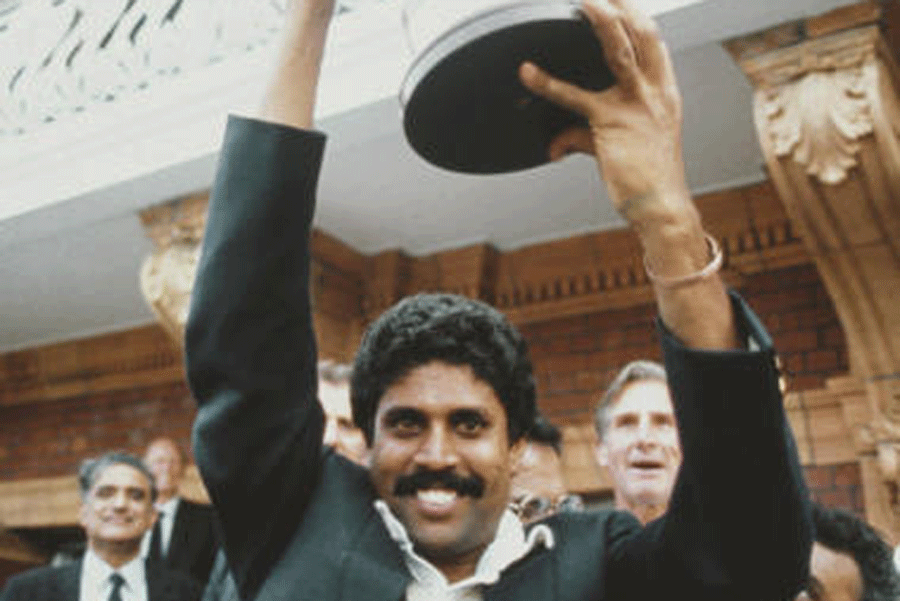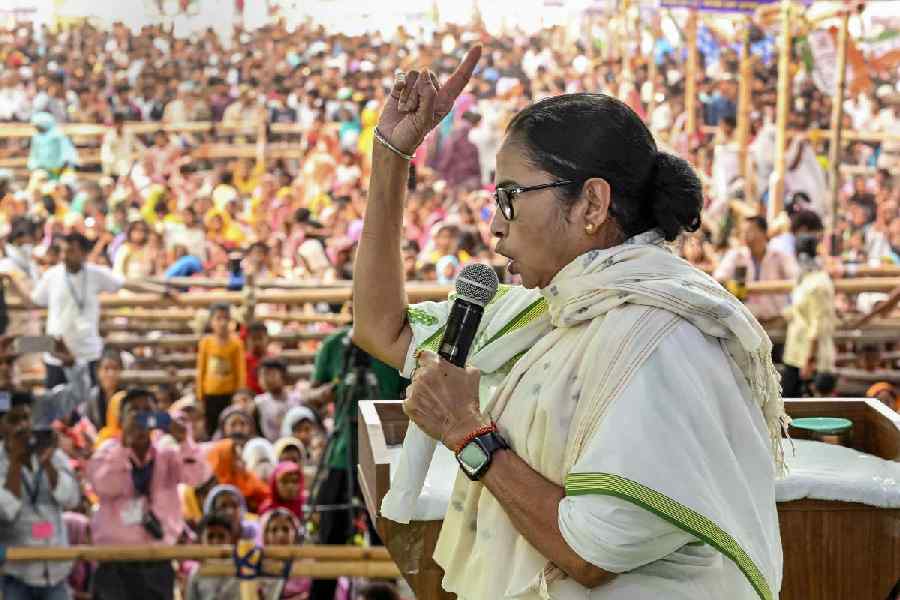India’s march to the final of the 2023 World Cup, where they will take on Australia on Sunday, has been nothing short of majestic. The complete domination that the unbeaten team has shown in this edition of the ICC tournament is perhaps unprecedented. So much so, that there have been rather curious whispers raised about the pitches used and balls changed to suit the hosts.
That, however, is another story.
This one is about the journey that changed India from being the obvious underdogs to being perceived as the obvious champions. A journey that began in the summer of 1983.
When the Kapil Dev-led India landed in London to take part in the Prudential World Cup, even their most ardent supporters had not dared to dream big. Clubbed with the mighty West Indies, Australia and Zimbabwe, India had little chance of going past the group stage.
But, after the final on June 25, prophetic words were spoken by none other than the conquered king, Clive Lloyd. The Super Cat, as he was fondly called, said after the match: “Indian cricket has arrived. And it’s here to stay.”
Lloyd may well remember that summer day at Lord’s. Then, India, the underdogs, went on to beat the overwhelming favourites. And now, 40 years later, India are the superstars of the show while the West Indies did not even qualify. How the tables have turned.
The 1983 World Cup remains the biggest catalyst in Indian cricket, a tournament that turned a bunch of cricketers into Kapil’s Devils.
India beat the defending champions in the very first match they played by 34 runs. To put things in context, India’s only previous win in the tournament history had come against East Africa in 1975 while West Indies had not lost a single match until that day (June 9, 1983), winning both the 1975 and 1979 editions.
India beat Australia too, and in between Kapil played that knock of his life, an unbeaten 175 against Zimbabwe that ensured India stayed in the hunt and gave them the confidence to surge ahead.
They stumped hosts England with a six-wicket win in the semi-final to set up a David vs Goliath final.
Yashpal Sharma, Madan Lal, Mohinder Amarnath, Krishnamachari Srikkanth, Roger Binny — these names became synonymous with national pride. The catch that Kapil Dev took to send Viv Richards back in the final, the Balwinder Singh Sandhu delivery that foxed Gordon Greenidge are stories that have been narrated over and over in every sports-loving home of India.
The sensational 43-run win in the final marked the arrival of a new era in world cricket, the beginning of the domination of the subcontinent and the emergence of India as not only a cricketing powerhouse but also the future financial hub of the sport.
Cut to 2011. By then India had become a power to reckon with. The launch of the IPL in 2008 had been as epoch-making, if not more, than the World Series Cricket organised by Kerry Packer and his Australian television network from 1977-1979 which forever changed the nature of the “gentleman’s game”.
But the Cup had remained elusive. Kapil remained the only captain to hold it aloft. In 2003, with Sourav Ganguly as the skipper, India did come close, making it to the final at Johannesburg. But that was to be Australia’s day, and they thrashed India by 125 runs, the largest victory margin (in runs) in a World Cup final till date.
2007 was a nightmare with India returning home from the West Indies, failing to go past the group stage.
By 2011 was a different story. Mahendra Singh Dhoni’s men were one of the pre-tournament favourites, with the iconic Sachin Tendulkar set to play his last World Cup, a 23-year-old Virat Kohli ready to be the flag-bearer of the new generation and Yuvraj Singh (player of the series) set to prove a point while fighting his personal battles against illness.
A six from Captain Cool Dhoni (91 not out) ended a long wait of 28 years, India emerged victorious on home soil, the first time a country won a World Cup at home. They defeated Sri Lanka by 6 wickets at the Wankhede, making it a true World Cup of the subcontinent.
India’s road to the final was not without hiccups in the group stage where they won four of the six matches and tied one (with England). But they went from strength to strength in the knockout stage, eliminating Australia (by 5 wickets in the quarter finals). Incidentally, the two will meet on Sunday at the same venue in Ahmedabad, though in a much more imposing stadium.
The 29-run win, thanks largely to Man of the Match Tendulkar’s 85, over Pakistan at Mohali, a semi-final attended by the political leaders of both countries when a lot more than cricket was discussed, ensured India’s march to the final. And there Dhoni led from the front to become India’s second World Cup-winning captain.
Since then it has been another rather long wait to make it to the final. But this time around, the way Rohit Sharma’s men have been going about their business, hardly giving the opponents a chance to test them, it would take more than a miracle for Australia to stop the India juggernaut.
1983 was their turn to surprise the world. In 2023, the world will be surprised if they don’t win the Cup. India, surely, have come full circle.










